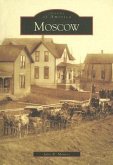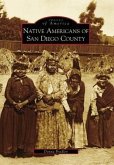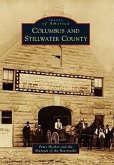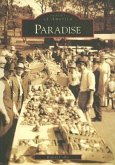San Lorenzo has been a desirable place to live since 1847, when squatters built their cabins on the north side of San Lorenzo Creek, then part of two Mexican ranchos. When landowners could not evict their unwanted guests, the settlement known as Squatterville grew into a town at Four Corners, now the intersection of Hesperian and Lewelling Boulevards. Named San Lorenzo in 1854, over the next 90 years it developed into a close-knit rural community. The great shipyard boom during World War II brought many new families to one of the first self-contained communities of tract homes in the nation, initially developed by David D. Bohannon. This tract, San Lorenzo Village, helped swell the population of this unincorporated area, striving to hold its own between the urban encroachment of San Leandro and Hayward.
Hinweis: Dieser Artikel kann nur an eine deutsche Lieferadresse ausgeliefert werden.
Hinweis: Dieser Artikel kann nur an eine deutsche Lieferadresse ausgeliefert werden.








